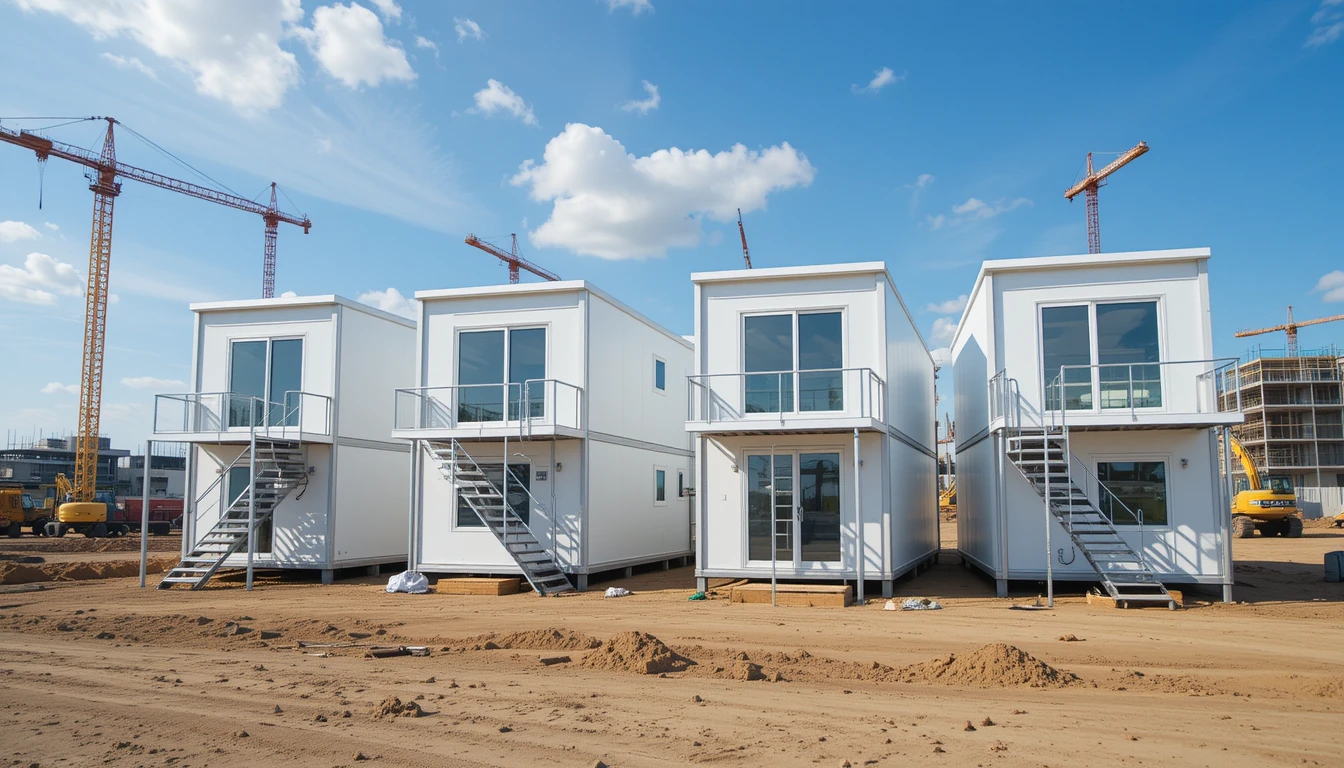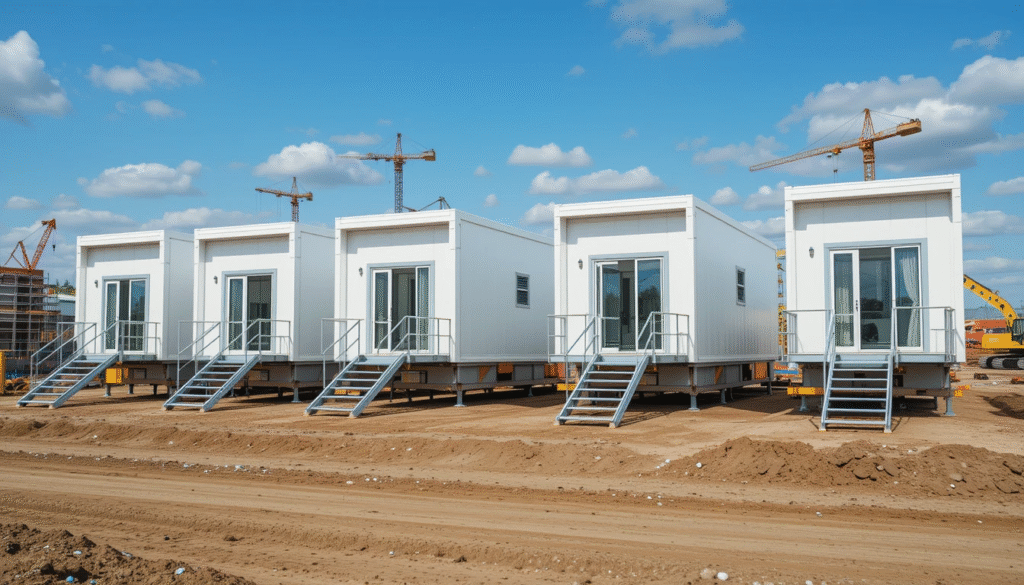Phone:
(701)814-6992
Physical address:
6296 Donnelly Plaza
Ratkeville, Bahamas.

In the ever-evolving landscape of American infrastructure and development, construction projects are growing larger, more complex, and more remote. Whether it’s highway expansions in the Midwest, bridge projects in the Rockies, or high-rise developments in fast-growing urban areas, one common logistical challenge remains: housing the workforce efficiently and affordably.
That’s where construction site housing-modular, mobile, and often container-based units-comes into play. These temporary residences provide on-site accommodation for laborers, engineers, supervisors, and subcontractors, ensuring convenience, safety, and productivity.
Let’s explore how temporary worker residences are shaping the construction industry in the United States, and why they’re becoming a key solution for project managers and developers nationwide.
🍓 Click Here to Buy Tiny homes 🥃✨
🛒🍓 Grab Your Tiny homes Now! 🥂💎
🍹🍓 Enjoy the Sweetness – Buy Tiny homes Today! 🛍🔥
Construction site housing refers to temporary living quarters built or placed near active job sites to accommodate workers. These residences are typically modular units made from:
Designed for mobility, speed, and durability, these units are fully outfitted with the basic amenities necessary to ensure that workers can live and rest comfortably during the duration of a project.
A typical setup may include:
Construction projects in the U.S. are often located in rural, remote, or infrastructure-limited areas, where local housing options are scarce or too expensive for workers. Even in urban centers, affordable temporary lodging for laborers can be a logistical and financial burden.
By establishing temporary residences directly at the construction site, employers benefit in several ways:
Industries such as oil & gas, renewable energy, large-scale civil engineering, and industrial construction have already embraced this model. Now, commercial and public infrastructure projects across the country are catching on.
Modular units can be delivered and installed within days. Many are plug-and-play-ready to be connected to utilities on arrival. This makes them ideal for fast-moving projects or disaster-response construction.
Compared to housing workers in hotels or apartments-especially over long periods-on-site housing saves money. Units are reusable and scalable, and reduce reliance on costly daily transportation.
Having workers live on-site minimizes daily travel, reducing accident risk. Emergency response is faster, and safety briefings can be centralized at the camp.
From air conditioning and heating to Wi-Fi, laundry services, and recreational areas, modern container and modular units are designed for comfort, not just function.
Units can be configured to match workforce needs, including:
As your workforce expands or contracts, the housing setup can easily be adjusted.
A typical construction site housing layout may include:
In colder states like Montana or North Dakota, these units are insulated and equipped with heating systems. In warmer states like Arizona or Texas, advanced air conditioning and sun-reflective roofs improve comfort.
Highway, bridge, dam, or railway projects often require workers to stay on-site due to the project’s scale or location.
Whether it’s a wind farm in the Midwest or a solar array in California, renewable energy developments are frequently in rural zones. Container housing allows projects to staff up quickly without overwhelming nearby communities.
When a multi-billion-dollar industrial plant or high-rise complex is under construction, contractors may bring in crews from out of state. On-site housing provides convenience and cost savings.
After a hurricane, flood, or wildfire, construction site housing can serve both as worker accommodations and temporary shelters for communities.
While container and modular housing are innovative, their deployment is still subject to U.S. laws, including:
Employers must ensure compliance to avoid legal issues and prioritize worker well-being.

Many modular housing units are built using recycled materials like refurbished shipping containers. When paired with solar power and water-saving systems, they create low-footprint housing solutions.
On-site housing reduces demand for local real estate, minimizing strain on small communities near project sites. It also gives employers a more direct role in ensuring fair, safe, and dignified housing for their workforce.
Construction site housing is designed for temporary stays ranging from a few weeks to several months. With proper upkeep, these residences can be safely used for over a year, especially on large-scale projects.
Yes. Modern modular housing includes air conditioning/heating, insulation, comfortable beds, storage, and clean bathrooms. Higher-end units may also include internet access, TV, and recreational lounges.
Costs vary based on the number of workers, amenities, and location. A basic container or prefab unit may range from $5,000 to $15,000. Total setup costs-including utilities, site preparation, and services-can range from $50,000 to $500,000+ depending on camp size.
While legal in most places, construction housing must comply with state and local codes. Some regions have stricter zoning, health, and permit requirements. It’s essential to work with local authorities to ensure compliance before setup.
Construction site housing is no longer a luxury-it’s a necessity for projects that demand mobility, efficiency, and scale. From coast to coast, U.S. contractors and developers are turning to modular, container-based housing solutions to reduce costs, improve productivity, and provide dignified accommodations for the workers building America’s future.
By investing in quality temporary residences, companies not only improve their bottom line-they also support a healthier, safer, and more motivated workforce.